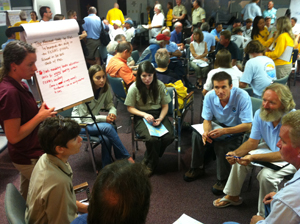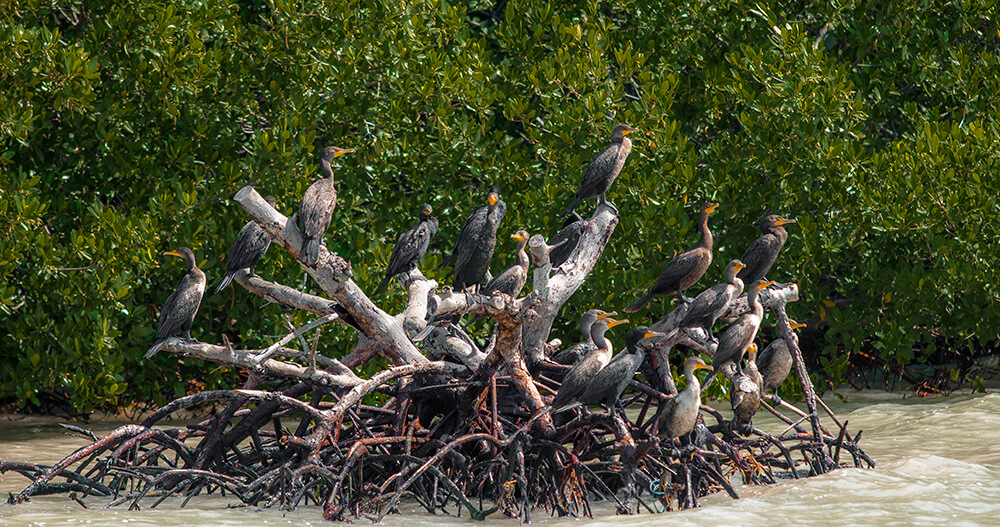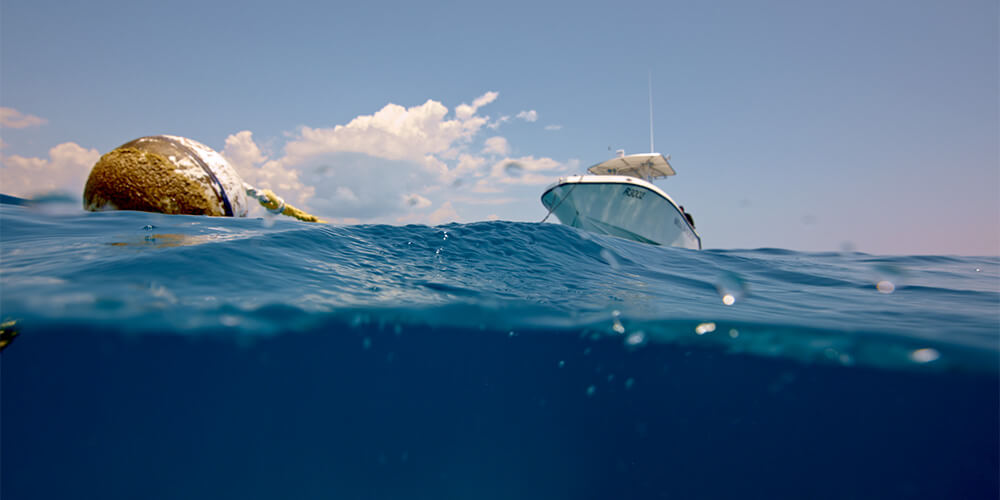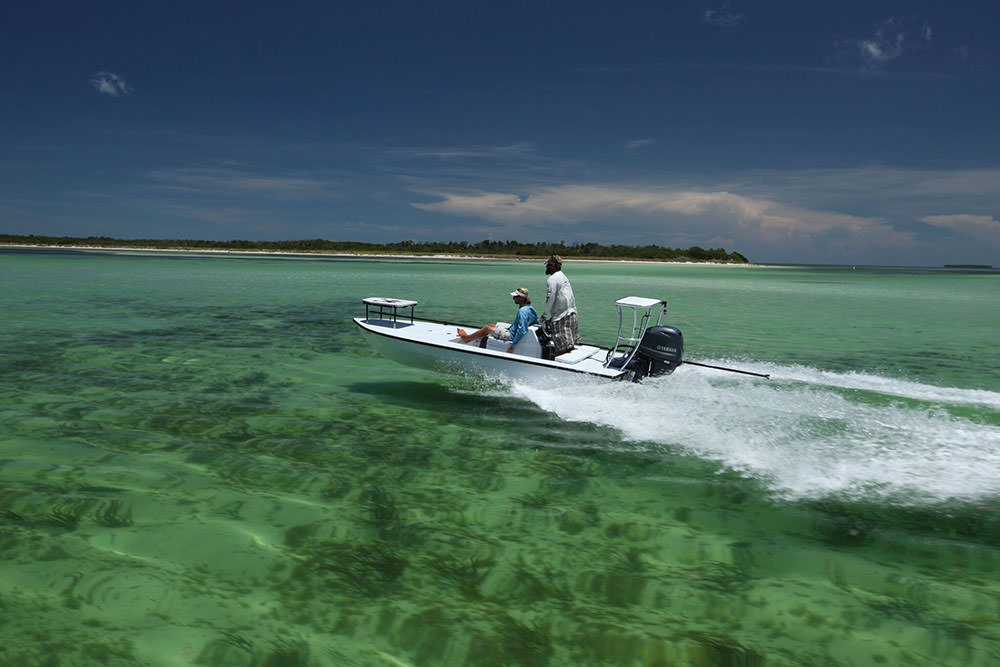Advisory Council Regulatory Review Workplan and Working Groups

The Sanctuary Advisory Council, using its 2012 workplan as a guide, worked with the public and community experts, to develop ideas and alternatives for potential changes to the sanctuary's marine zones, boundaries, and regulations as part of its overall management plan review. Below are the nine priority items and four additional items that the advisory council reviewed during their now-completed work.
Download the Florida Keys National Marine Sanctuary Advisory Council Regulatory and Zoning Alternatives Development Workplan (383 kb).
Priority Items
- Shallow Water Wildlife and Habitat Protection
- Coral Reef Ecosystem Restoration
- Ecosystem Protection: Ecological Reserves / Preservation Areas and Wildlife Protection
- Artificial Habitats
- Permit Procedures and Adaptive Management
- Study Areas and Boundary Modifications
- Personal Watercraft Tours / Fishing Conflicts
- Water Quality
- Fishery Management Coordination
Items for Discussion and Potential Action
- Law Enforcement
- Education and Outreach
- Vessel / Boating Licensing and Education
- Alternative Funding Mechanisms / User Fees
Download the summary of Sanctuary Advisory Council Actions for Review and Recommendation
For more information and supporting materials related to the Sanctuary Advisory Council workplan and community working group process, contact beth.dieveney@noaa.gov
Working Groups
Working groups were created to address the most complex topics, gathering information from community experts, user groups, and scientists in a series of workshops held throughout 2013, 2014, and 2015. Detailed information about the working groups and their recommendations to the advisory council are available at the links provided below.

Adaptive Management Working Group
Adaptive management helps the sanctuary respond to new threats, incorporate the best available science, and improve protection measures over time.

Florida Keys and South Florida Ecosystem Connectivity Team
The Florida Keys Sanctuary Advisory Council and Water Quality Protection Program have created a joint working group for the purpose of facilitating multi-agency and stakeholder collaboration related to Everglades restoration and other regional issues of importance to water quality, habitats and living marine resources within the Florida Keys National Marine Sanctuary.

Buoy Working Group
The Sanctuary Advisory Council established a community working group to help identify buoy management recommendations to support the Restoration Blueprint priorities. Following a series of meetings, this working group will provide recommendations to the Advisory Council.

Marine Debris Connectivity Team
The Florida Keys National Marine Sanctuary Advisory Council established a marine debris working group to help mobilize the community and coordinate underwater marine debris cleanup efforts across the Florida Keys.

Recreational & Charter Fishing Working Group
The Florida Keys National Marine Sanctuary is working with charter fishing operators to develop a voluntary education and recognition program. This Blue Star Fishing Guide program may be modeled after the current Blue Star program for charter dive and snorkel operators.
Coral Reef Ecosystem Restoration Working Group
Coral health in the sanctuary has declined over the past several decades due to coastal development, pollution, overfishing, vessel groundings, storms, and coral disease and bleaching.
Shallow Water Wildlife and Habitat Protection Working Group
Hardbottom communities and seagrass beds are critical habitats of the sanctuary, providing important feeding and nursery grounds for numerous commercially-important fish and protected species.
Ecosystem Protection: Ecological Reserves, Preservation Areas and Wildlife Protection Working Group
The sanctuary uses a strategy of marine zoning to protect and preserve sensitive parts of the marine ecosystem, while allowing activities compatible with resource protection.
Artificial Habitats Working Group
Artificial habitats include diverse hard items on the seafloor, from scuttled ships to statues, that are currently reviewed and permitted on a case by case basis.

